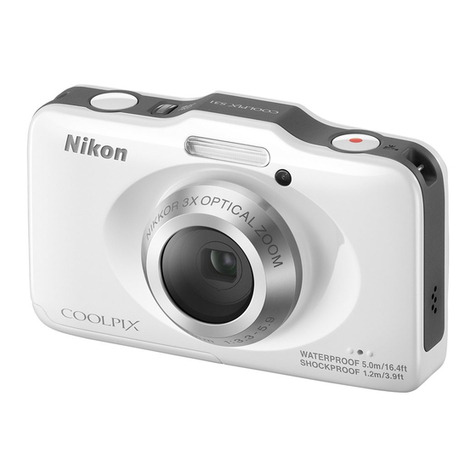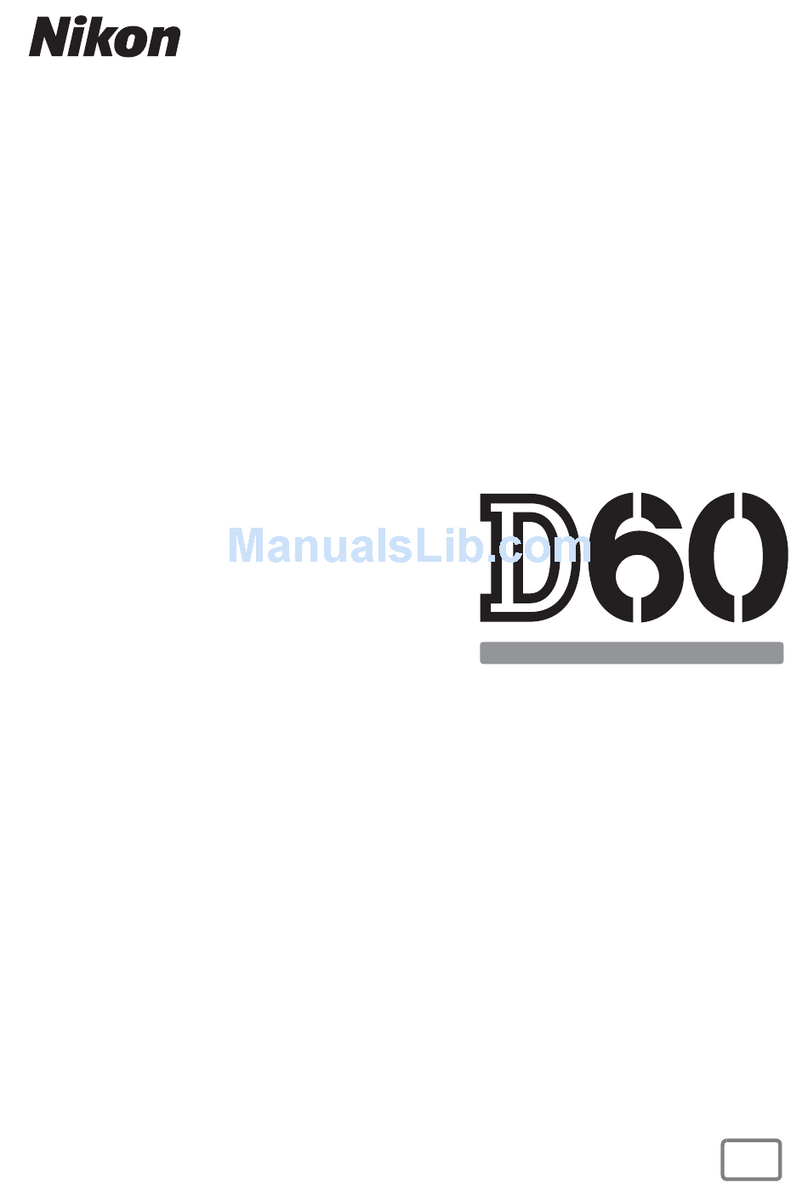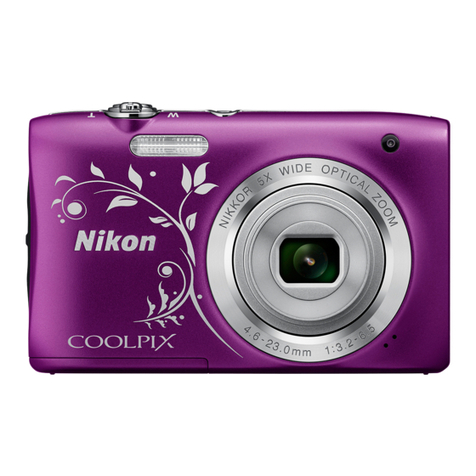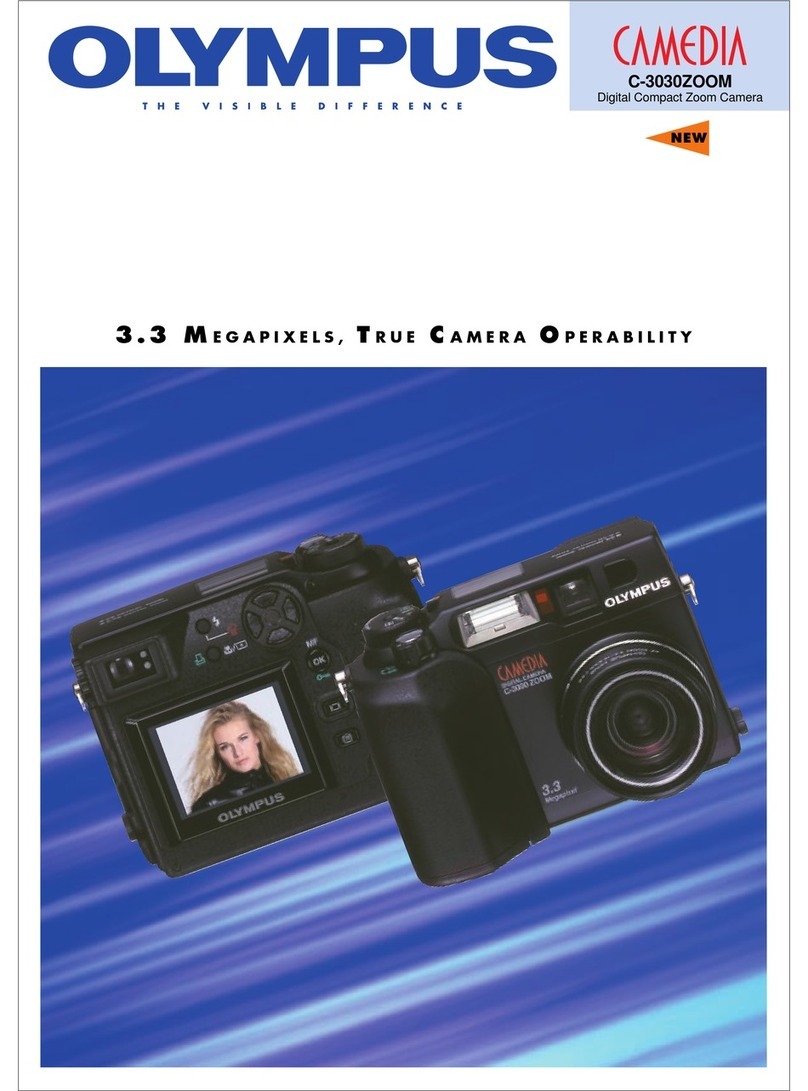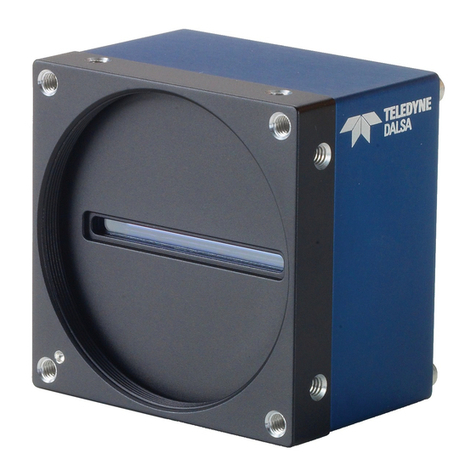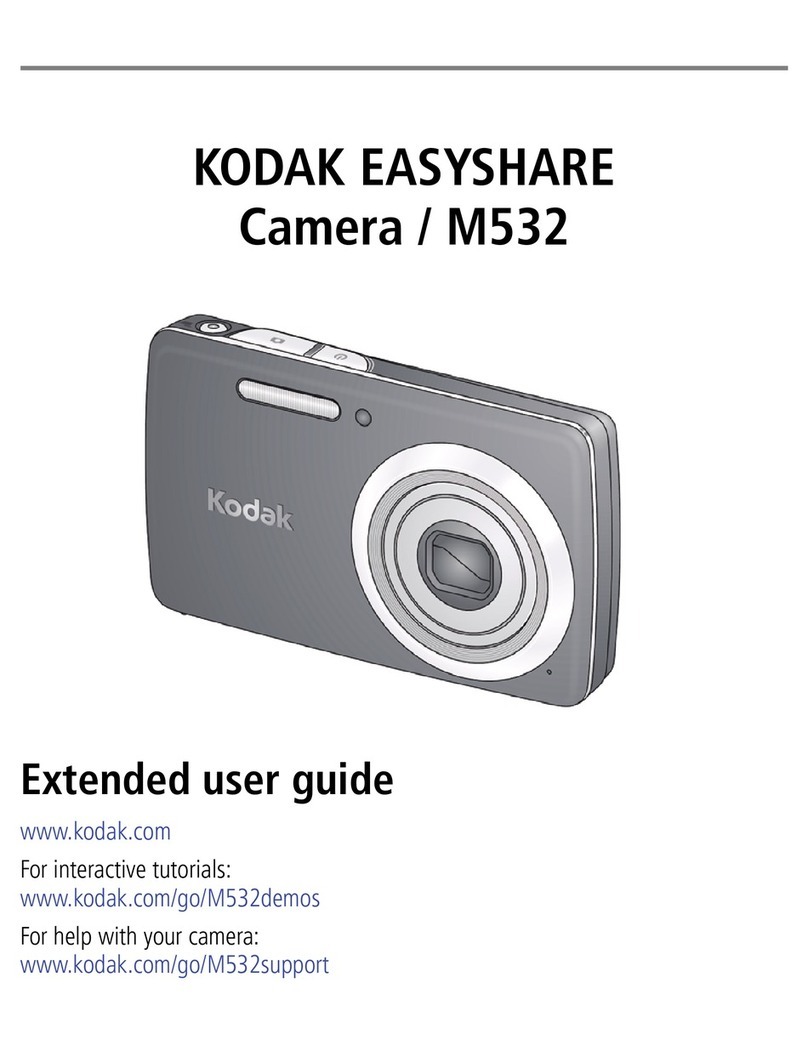Nikon D5600 User manual
Other Nikon Digital Camera manuals

Nikon
Nikon FA User manual

Nikon
Nikon COOLPIX P330 User manual
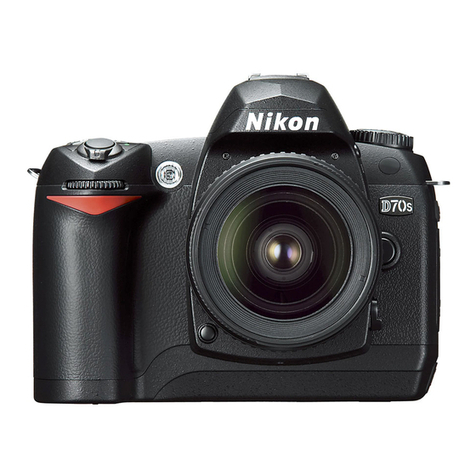
Nikon
Nikon D70s User manual
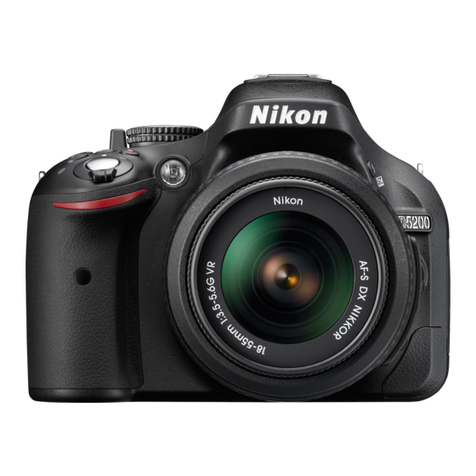
Nikon
Nikon D5200 User manual

Nikon
Nikon D7000 User manual

Nikon
Nikon Coolpix P1 User manual

Nikon
Nikon CoolPix S2 User manual
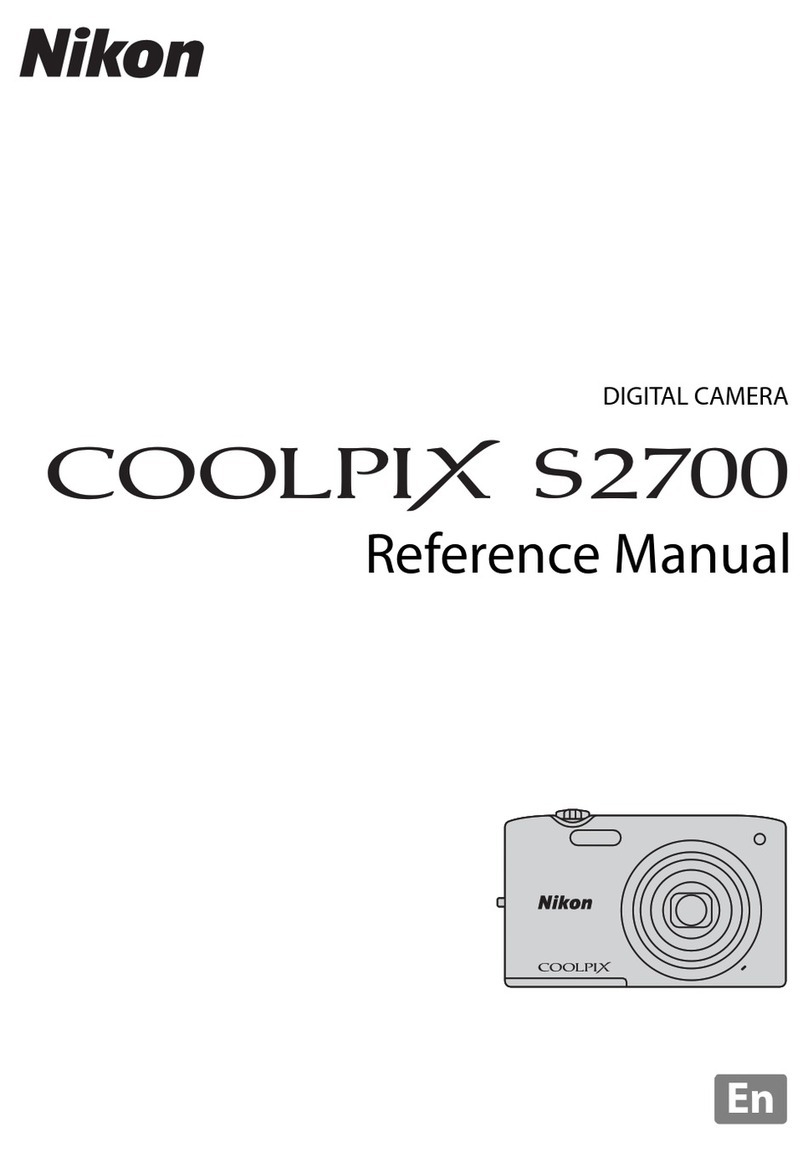
Nikon
Nikon COOLPIX S2700 User manual

Nikon
Nikon Coolpix S6800 User manual
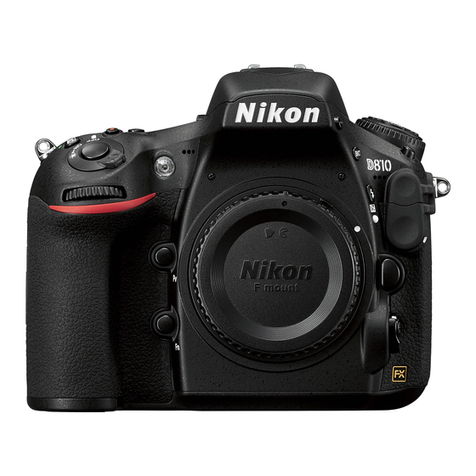
Nikon
Nikon D810 User manual
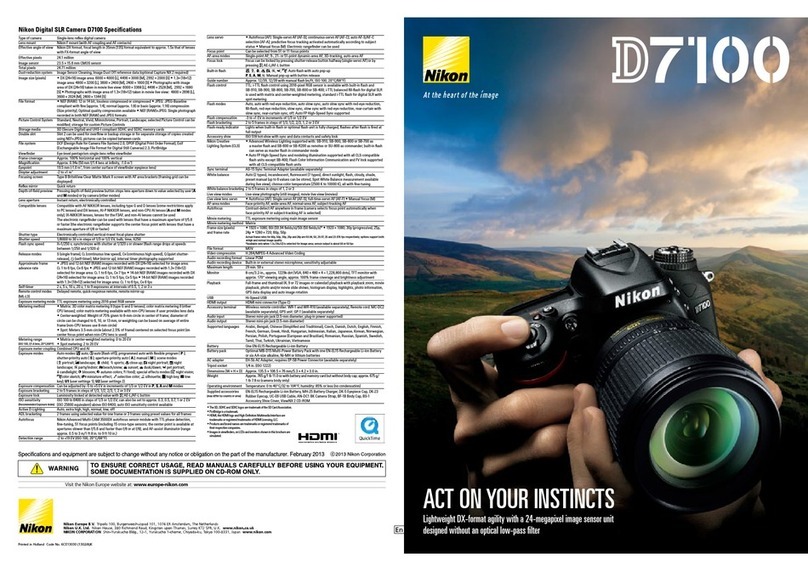
Nikon
Nikon D7100 User manual
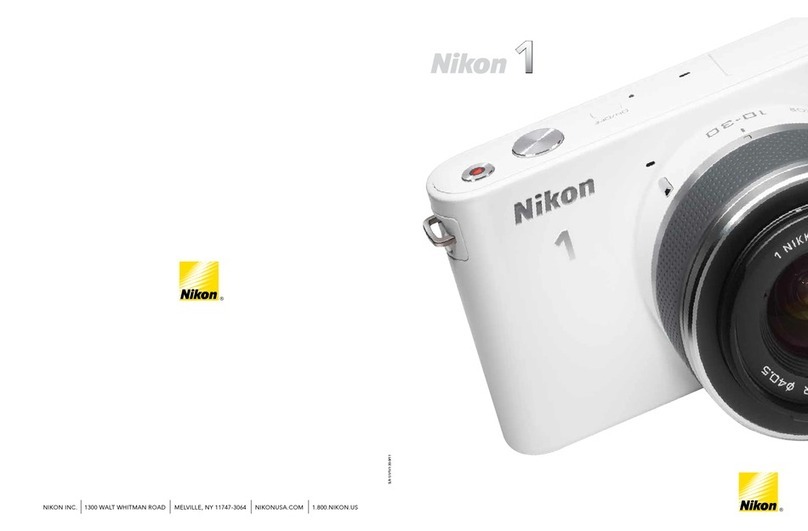
Nikon
Nikon J1 User manual
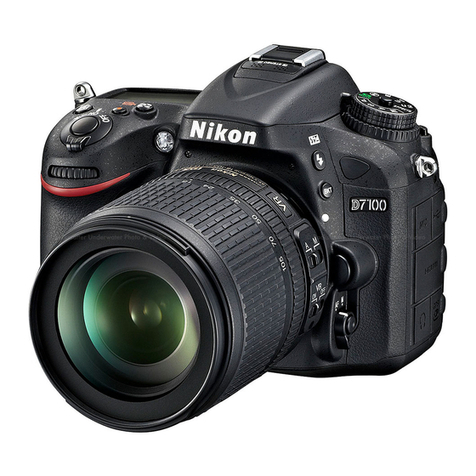
Nikon
Nikon D7100 User manual
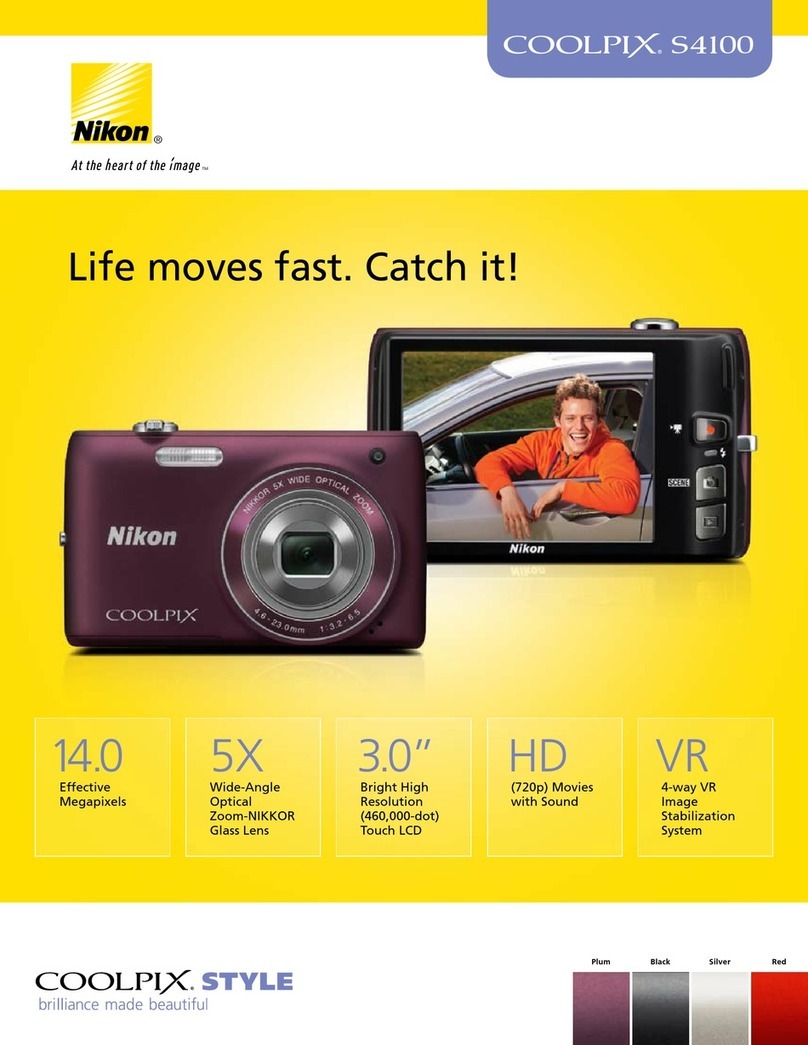
Nikon
Nikon Coolpix S4100 User manual
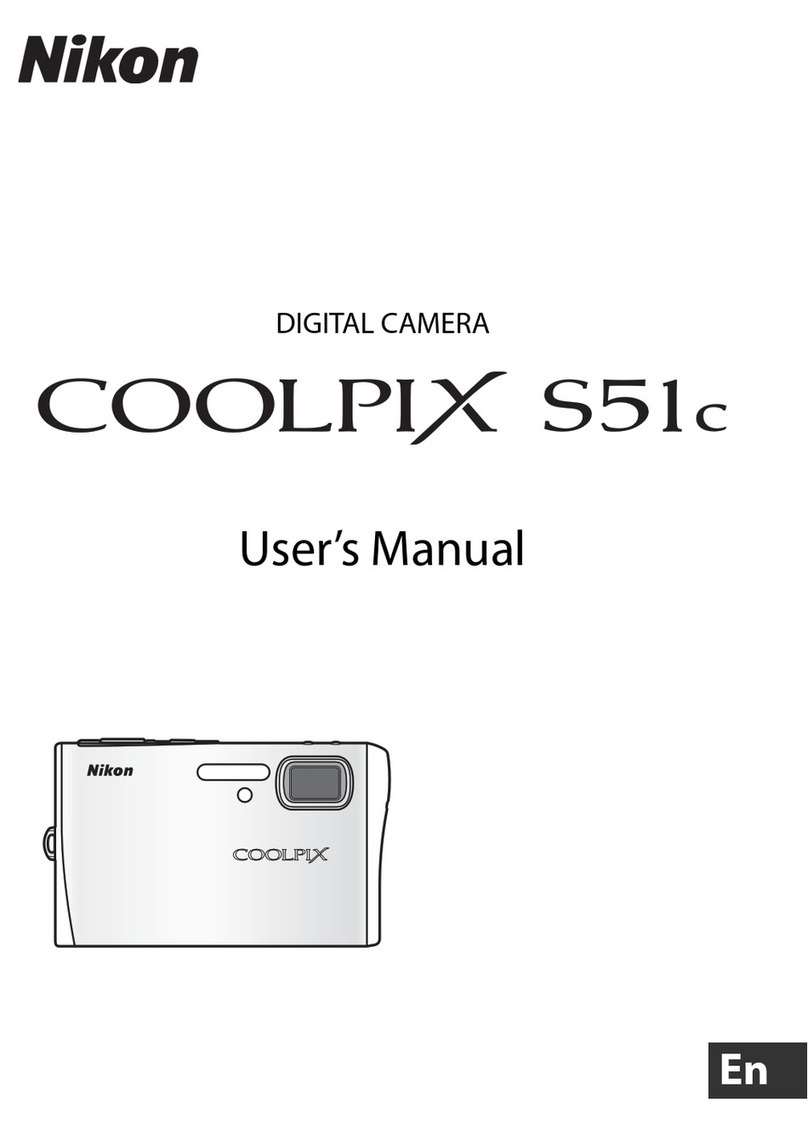
Nikon
Nikon CoolPix S51c User manual
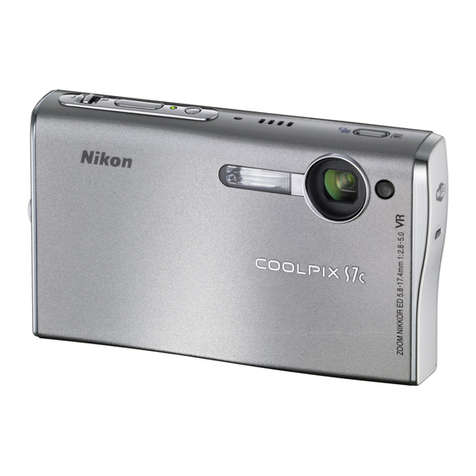
Nikon
Nikon CoolPix S7c User manual
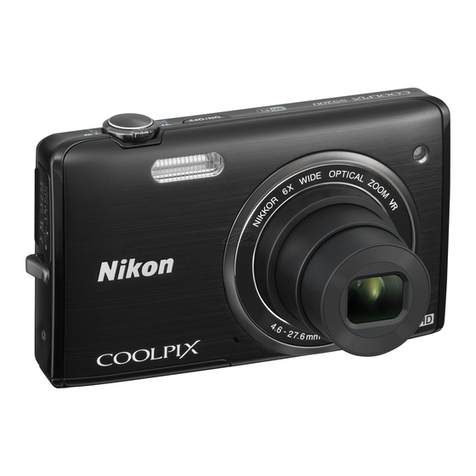
Nikon
Nikon COOLPIX S6500 User manual
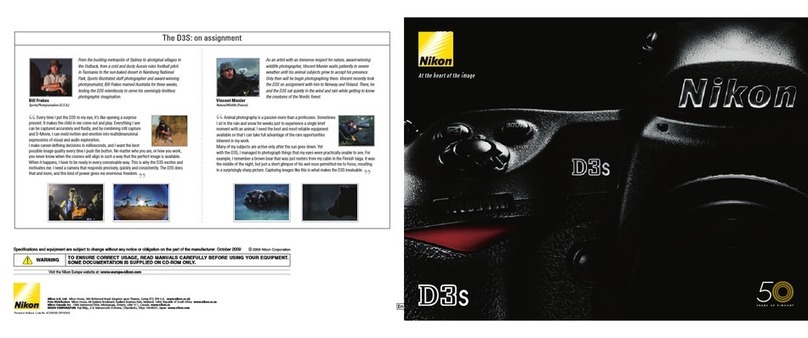
Nikon
Nikon D3S User manual
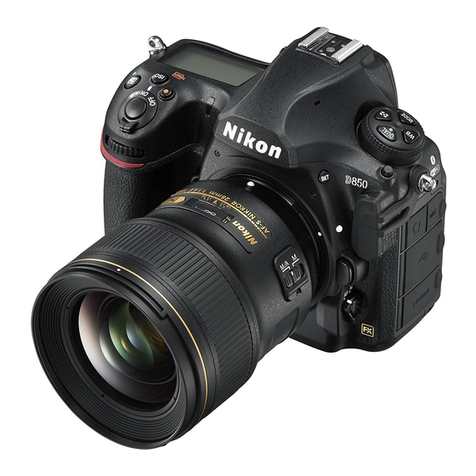
Nikon
Nikon D850 User manual
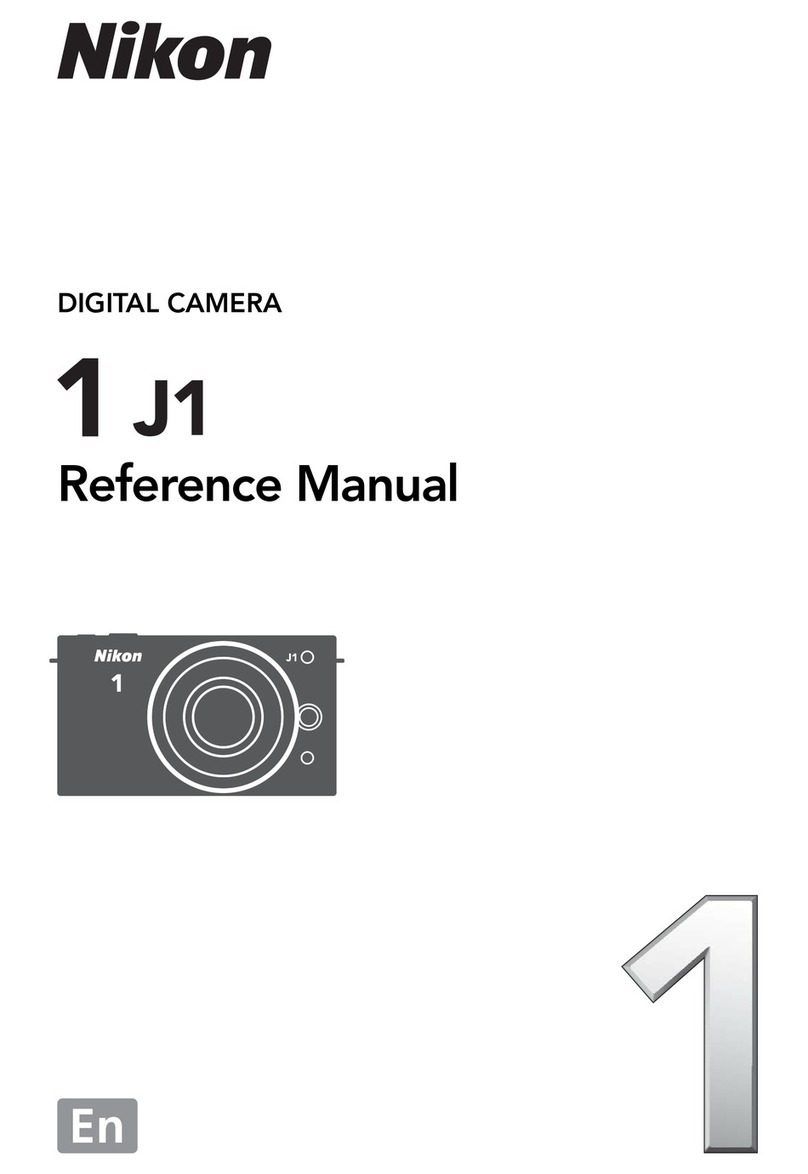
Nikon
Nikon Digital Camera User manual

